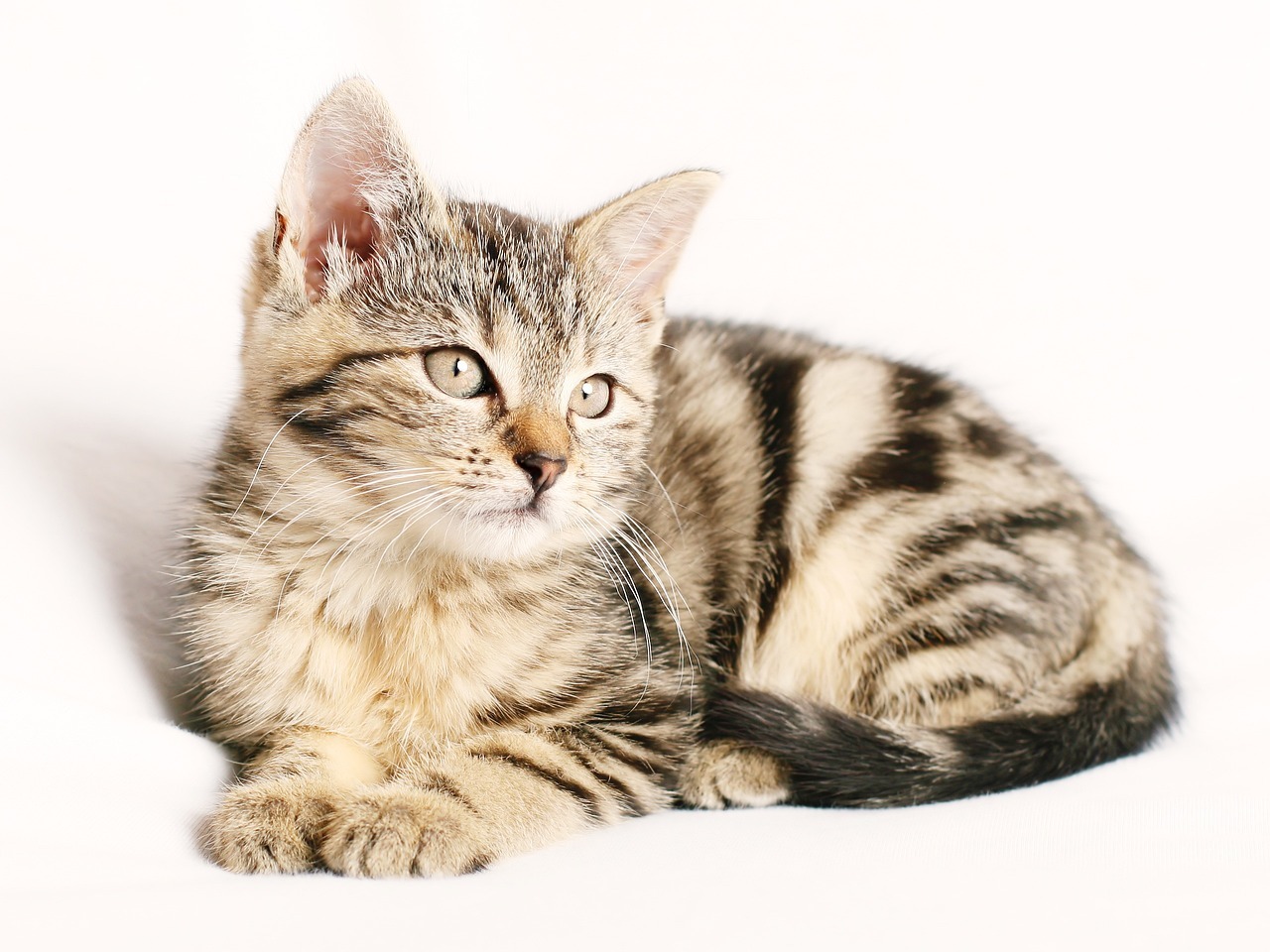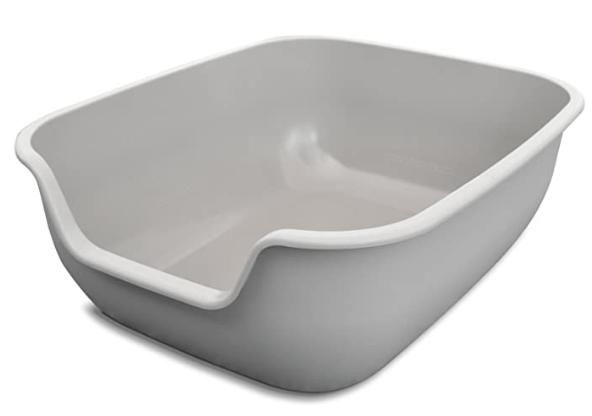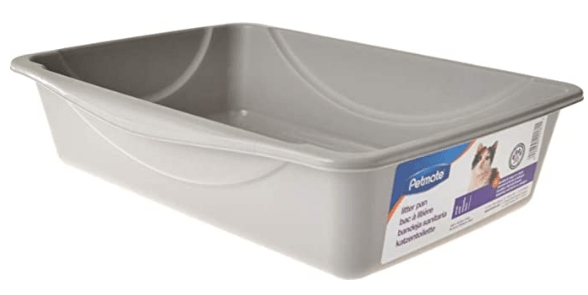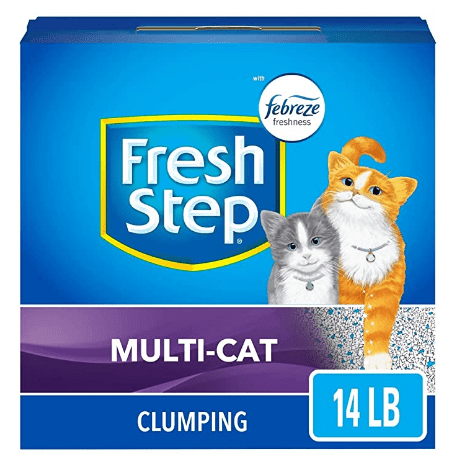If you have become a pet parent of a new cat, then training it must be a big concern for you. And among all the questions, how to potty train your cat is probably the top thing on your mind. Adult cats naturally seek out a granular, sandy place to eliminate. However, you would need to help your young kittens figuring out appropriate litter box habits. Training cat for potty is not that hard.
When potty training your cat, a few things can be helpful to introduce your kitten to litter use.
When to Start Potty Training Your Cat
Mother cats, in the first few weeks after birth, stimulate their kittens to eliminate. They then clean them up afterward. So, you do not need litter boxes during that time. When your kitten is four weeks of age, you can start her potty training by offering kitten-friendly litter boxes.
Moreover, if you adopt an adult cat or older kitten, you can start her potty training as soon as you bring her to your house. Before welcoming the cat to your home, you will need the right potty-training supplies.
Supplies You Will Require
To properly start the potty training of your kitty, you will need a few supplies:
1. Litter Box
It is always the best idea to have an extra litter box than the number of cats who will use them. For example, if you have two cats, you will want to start with three litter boxes. Set them in an area that is easy for your cats to get while maintaining privacy. If the litter boxes are too exposed, your cat might not be comfortable enough to use them.
For kittens, full-size boxes may be too intimidating and big. As per the recommendations of Dr. Sally J. Foote, DVM, a feline behavior consultant certified by IAABC, buy a 13 by 9 inches (or closer) litter tray for kittens. And buy full-sized boxes for your other adult cats.
You will need to change the litter box as your cat grows. The litter box of your cats must be 1/2 times the length of the cat. So, as your kitten gets bigger, you will need to size up its litter box too.
2. Toys and Treats
Always reward your kitten with a piece of cat food or a cat treat when you find her using her litter box. Several other things like praises and toys can also be beneficial to develop a positive association with using the litter box. Eventually, you will need to eliminate the food-related treat expectation for every time your cat uses the box.
3. Kitty Litter
You will find a variety of available options, ranging from:
- High-end, eco-friendly litters, made from materials such as wheat, recycled newspaper, and pine pellets
- Cheap, non-clumping clay litter
Most cats do not care about the type of litter you buy for them. However, some cats are very particular, and they will not use the litter box if they object to the smell or texture. So, to be on the safe side, start with an unscented, standard clumping litter. If you want to try other litters, you can experiment once your cat is properly potty trained.
Where to Place the Litter Boxes?
The availability and placement of the litter box can be a crucial factor in motivating your cat to use it.
1. Place a Litter Box On Every Floor
Spread out the litter boxes – at least one on each floor of your house. Make it easy for your cats to get to the litter box. Do not make your cats go downstairs, through the playroom, and into the utility room.
2. Do Not Hide the Litter Boxes
Placing all the litter boxes in the same corner can lead to trouble because they, together, seem like one big box, and your cats would not like to share it. Although it is tempting, you must avoid putting litter boxes in the corners and closets. Remember that the cats do not want to feel trapped or cornered during litter time.
Additionally, they need some light to find and see their litter boxes. Therefore, be conscious about the spot you place the litter box of your cat.
3. Avoid Distractions
Always set the litter boxes in the areas that do not have many things to distract your kittens/cats from getting down to business. If your kitten face problems with focusing, move the litter box to less fascinating areas. Try keeping your cats in a small room that does not have carpeting and rugs until they master using the litter box.
Seven Steps to Potty Train Your Cat
To make things easy for you, we have come up with seven steps to toilet train your cats. The process will shape their behavior and transition them into using the litter box:
- Step 1
Move the litter box of your cat to a spot right next to the toilet. Ensure your cat is comfortable with the whole process, and keep the litter box there as long as you feel your cat needs to get used to the new litter spot.
- Step 2
Carefully increase the height of the litter box. Remove a little litter whenever you elevate its height. Secure the litter box to a stack of newspaper or phone books so, when your cat jumps onto it, it does not move.
- Step 3
With time, move the litter box one inch closer to the toilet. Continue doing this until it is directly over the toilet seat. Keep on removing the litter from the litter box until a thin layer (no more than an inch deep) is left.
- Step 4
Now it is time to introduce a training box to your cat. Make sure you buy the fine training box that can hold the weight of your cat. You have a few options here. You can buy one from several available commercial training devices or make one by yourself. You can create your training box with a few simple steps.
Do not forget to clean out the litter after every use. You can add some catnip for cleaning.
- Step 5
Now make your cat adaptable using only the toilet every time. Cut a hole in an aluminum pan or wax paper about an inch in the center. Keep on increasing the size of the hole until the cover is completely gone. Along with the size of the toilet cover, reduce the amount of litter as well. It is to make sure that there is no litter when you remove the bowl or the paper.
- Step 6
After each use by your cat, flush the toilet. You do not have to teach your cat how to flush the toilet. It is not like they cannot learn. They do and sometimes enjoy it way too much and waste the water.
- Step 7
The last step is to give your pet a treat. It is essential to reward your cat for completing its toilet training.
Conclusion
Potty training your cat is not that hard when you have proper supplies and knowledge. Cats are quick learners, and with the right tips and products at hand, they will easily learn to use the litter box within no time.






